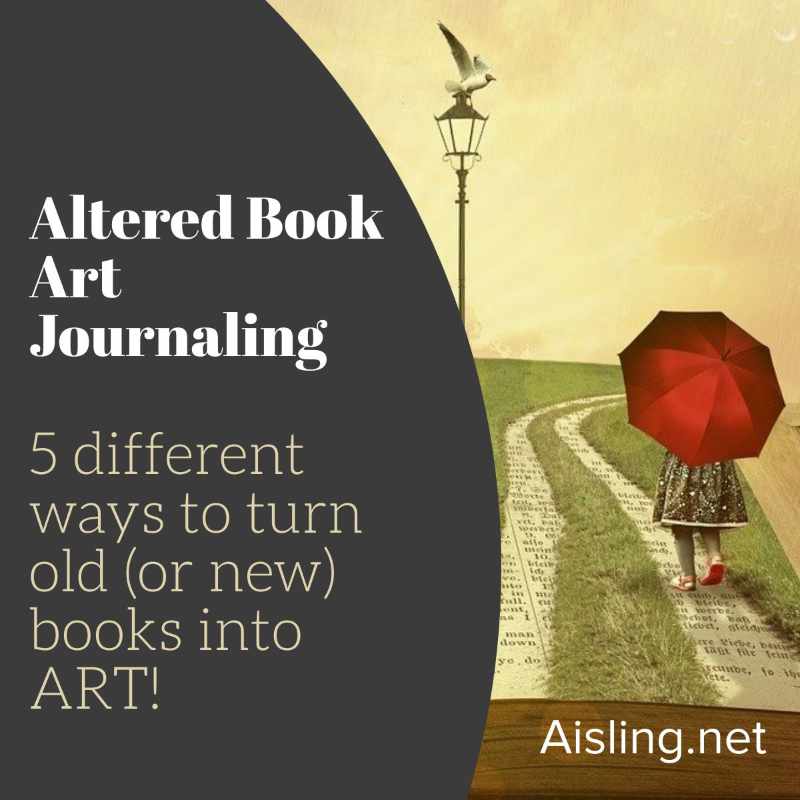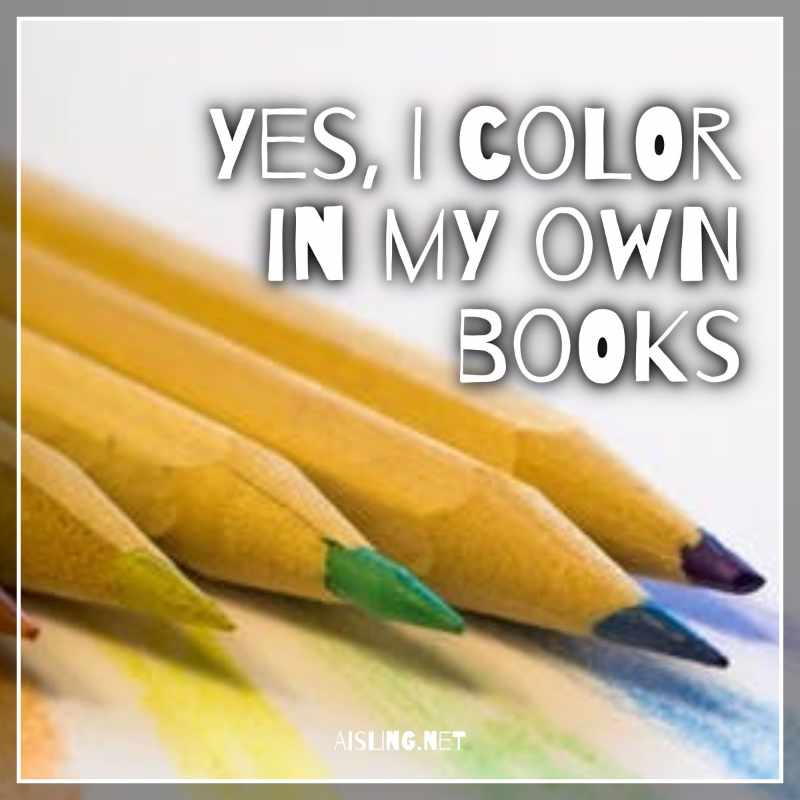Does your art journal begin with a background? Do those colors and mood spark your creativity? Ooh, take a look at what others are doing… For many of us, background colors and textures inform everything else we do with the page. These artists videos are short and fun and… wow! The first is by Purdy…
Tag: Posts with videos
Art Journaling with Magazines – Part 1
Art journaling with magazine images can be relaxing and fun, and make a statement at the same time. It’s something anyone can do, with no art training at all. Since the 1990s, that was one of my missions: To show people – especially women – that they could express themselves in art, no matter what….
Folded Paper Art Journals
Artists’ journals can be as big – or small – as you like, especially if you make them by hand. You can even start with a single sheet of paper and – in just a minute or two – fold it into a simple journal. Here are some videos to inspire you. Folded Journal One…
Altered Book Art Journaling – How-To
Altered books are a great way to create an art journal. It’s recycling, in a way, but with lots of added benefits. Drink up these videos for ideas! The next one is a lovely demonstration by Art by Silas. It shows how to create a mixed media artist’s journal. It includes torn paper collage – one…
Yes, I Love to Color in My Own Books…
Do I color my own coloring pages? Yes, I do. In fact, one reason I create coloring books is so I can color in them myself. Also – as a coloring book artist – I think it’s important to color your own drawings. Then, you understand the experience. Some people want big, bold areas to…
Start with Why – Simon Sinek
Yes, this site is resuming its original purpose, as an online diary. After all, that’s where this all started, back around 1995 before the word “blog” was even in use. Anyway… Last night, I watched the Simon Sinek interview on Fresh Take (BYU-TV). It was probably the fifth time I’d seen it. On previous viewings,…
Advice for Artists – John Cleese on Creativity
In a 35-minute video, John Cleese – who, as part of Monty Python, has been one of the 20th century’s most innovative, creative people – spoke about minutes about creativity. Unfortunately, the video vanished, online. Looking for it again in late 2020, all I could find were “removed for copyright infringement” notices. Meh. (I’m tempted to…
Journal Your Way to Happiness
Journaling is included in this TED talk about the “happy secret” approach to living a more fun, productive, rewarding life. It starts with how you feel, and how positive you are. Your emotional level — how happy you are — determines how happy your life events are. Click the Play arrow to watch it. The…





